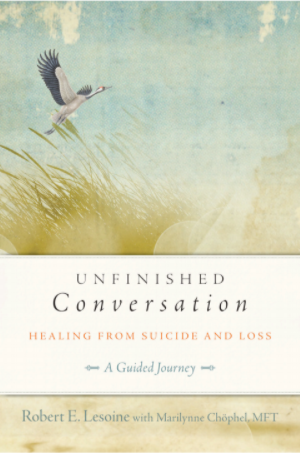Intentions, Fears, & Boundaries
Purpose: To take responsibility to create the physical and emotional conditions for time together that support trust, safety, and being more fully present with yourself and another. To adapt the practice for formal communication as well as business meetings, casual conversation, planning how to spend time together, or as a prelude to intimacy.
Note: Consider referring to the handouts “Creating a Safe-Authentic Space – With a Partner”, “Conscious Communication Guidelines”, “Needs Inventory”, “Feelings Inventory”, and “Common Sensations” available in the “Resources” section of my website www.dharmaspirit.com.
Guidelines:
- Agree on the time, place, and length of time together.
- Take equal time for each person to share their intentions, fears, and boundaries.
- Sit face to face comfortably. With an inner smile, silently look into the other’s eyes
acknowledging each other’s presence. - After a simple bow honoring your partner, take a few minutes to close your eyes and become
present to your physical sensations, emotions, and breath. - With eyes closed, align with your core values and motivation to bring the best in you to this interaction. Let arise from a place of importance, meaning, and self awareness what your intentions, fears, and boundaries are for this interaction. As you are ready, open your eyes.
- As you speak and listen, maintain eye contact as much as possible. Soften your belly and remember to breathe. Avoid talking about the past or future, and choose to stay present with this interaction.
Intentions:
- Name the goal(s) you have for this interaction.
- Share the qualities of presence and connection you want to generate and your practical and relational aspirations to result from this time together.
- In a simple and factual way, name the themes or topic(s) you plan to share. Resist the impulse to share more information until both have shared their intentions, fears, and boundaries.
Fears
- Share any fears about being honest and open in this interaction, as well as sharing difficult body sensations or emotions you are noticing.
(See the Common Sensations handout. Also, the Feelings Inventory: “When Needs Are Not Met” – the categories include: Annoyed, Angry, Aversion, Confused, Discomfort, Disconnected, Embarrassed, Fearful, Pain, Sad, Stressed/Tired, Vulnerable, Yearning.) - Share any fears around safety and trust during or after the interaction.
- Name your projections about what the Listener will say/do or not say/do in response to what
you share.
Boundaries
- A “boundary” is the place where two meet in a way that works for both.
- Share what you need physically and emotionally to spend time with your partner in a way that truly works for you. Practice asking for what you need.
(See the Needs Inventory – the categories include: Autonomy, Celebration, Integrity, Independence, Physical Nurturance, Play, Spiritual Communion.) - Share what you would like the Listener to do/not do in this interaction to help you develop trust and feel safe and secure.
- Share your external boundaries: the time parameters, environmental needs, personal space, quality of connection, and what you need for yourself after this interaction. External boundaries protect you from your partner.
- Share your internal boundaries: how you intend to contain your own reactivity, and not leak unwanted emotions, behaviors, or tone onto your partner. Internal boundaries protect your partner from you.
- Share what you feel when the listener honors your boundaries, and you feel an attuned resonant connection.
(See the Feelings Inventory: “When Needs Are Met” – the categories include: Affectionate, Interested, Glad, Grateful, Hopeful, Peaceful, Rested.)
Closure
- For conscious closure, allow your eyes to close and take a few minutes to become present to your physical sensations, emotions, and breath. Connect with a genuine sense of gratitude for what was shared and learned, and for taking this time for connection.
- Verbally and non-verbally express your gratitude with each other.
- What was the easiest/most enjoyable part – 1. for yourself 2. for the connection
- What was the most difficult/challenging part – 1. for yourself 2. for the connection
- What did you learn to enhance your connection with – 1. yourself 2. the connection
- End with a simple bow – recognizing and honoring the time together.



